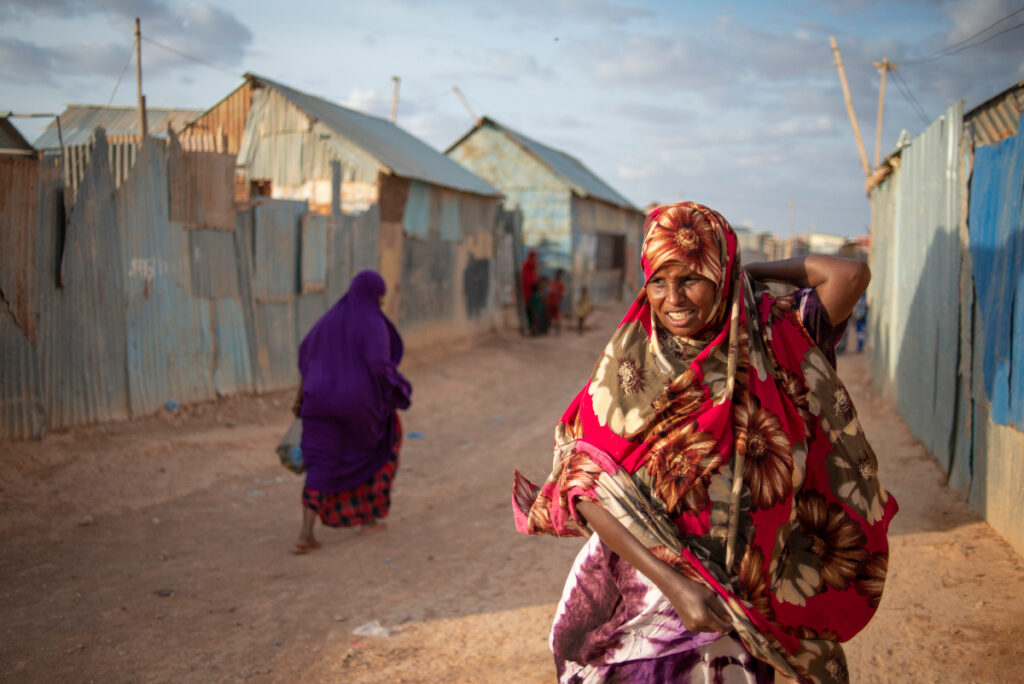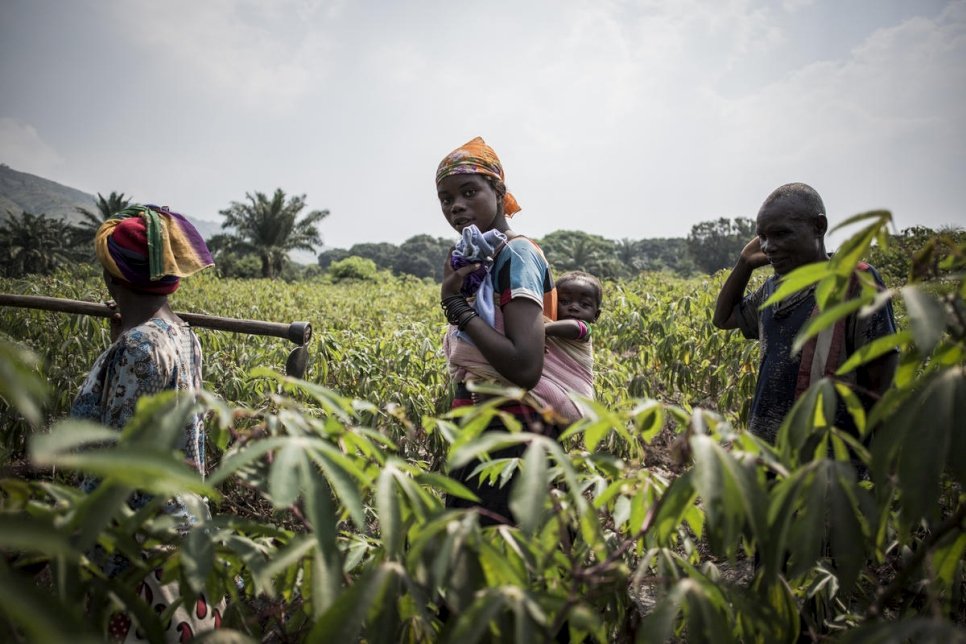With 55m displaced within their own borders, we're facing a global displacement crisis. @IDPs_Panel report, presented to @UN SG @antonioguterres today urges us to reset & reframe #SolutionsForIDPs to include greater development assistance. ➡️ https://t.co/YAGERqUxxU pic.twitter.com/KdMxBijVJs
— Achim Steiner (@ASteiner) September 29, 2021
Today, the @IDPs_Panel presented a report to @UN Secretary-General @antonioguterres on internal displacement. We welcome the call to scale up a development approach that focuses on finding #SolutionsForIDPs. More from our Crisis Bureau Director @asakookai. https://t.co/KW3IRxbfOY
— UN Development (@UNDP) September 29, 2021





